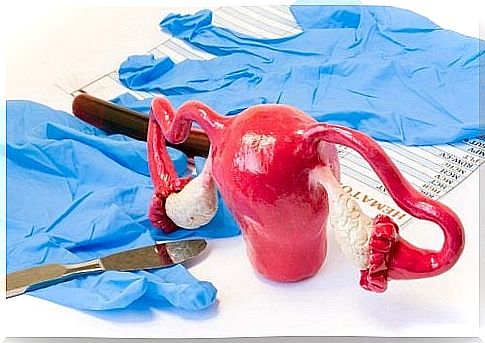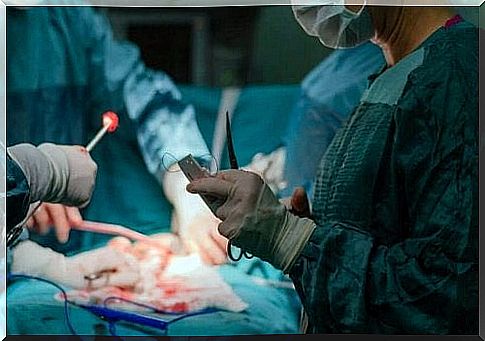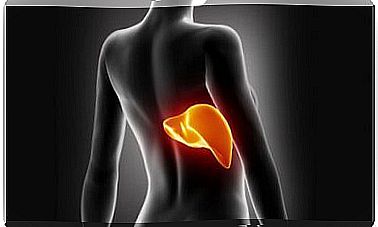The Main Types Of Hysterectomy

If a surgeon is forced to remove a woman’s uterus, he or she may have different types of hysterectomy to choose from. To make this decision, the specialist will take into account the patient’s medical history and health.
It is important for the patient to be involved in making this decision. She needs to understand the consequences of each type of hysterectomy.
Performing a hysterectomy is a difficult decision. Although it is a logical (and even inevitable) step in certain situations, this procedure is never pleasant.
Hysterectomy is the removal of the uterus from a woman’s body. As soon as the doctor has performed the procedure, regardless of the type chosen, the patient will lose the ability to reproduce. In other words, she will not be able to get pregnant in the future.
For this reason, in most countries there are laws that stipulate that patients must be well informed and give their consent before the procedure. No doctor can perform a hysterectomy without the written consent of the patient.
Situations in which hysterectomy is indicated
As mentioned earlier, hysterectomy is inevitable in many cases. Unfortunately, some diseases can only be treated by removing the uterus.
Before introducing you to the different types of hysterectomy, we need to discuss the most common reasons for resorting to this procedure.
Uterine cancer
This disease is the main reason why women have to undergo a hysterectomy. Although there are options such as radiation therapy and chemotherapy, removal of the affected organ is often unavoidable.
Although progress has been made in treating uterine cancer, if the disease is detected at an advanced stage and the other options do not work, hysterectomy may become the only viable solution.
Uterine prolapse
Uterine prolapse involves the fact that the uterus moves from its normal position, generating symptoms and discomfort. If the problem is not serious, it can be remedied by other surgical procedures. If the patient’s quality of life is altered, a hysterectomy is required.

leiomyoma
Uterine leiomyoma is a tumor made up of muscle and fibrous tissue that develops in the uterine wall. It can cause deformity of the uterus, accompanied by painful bleeding. Hysterectomy is not the best treatment available for this problem, but it may be necessary.
ENDOMETRIOSIS
Endometriosis is the development of endometrial tissue outside the uterus. The symptoms experienced by patients and possible treatments vary.
If conservative treatments do not work, radical hysterectomy will be used, which involves the removal of the female genitals completely.
What are the consequences of hysterectomy?
After any type of hysterectomy, the patient will no longer menstruate. If she is at an age when she can have children, she will experience premature menopause.
In the absence of menstruation, the patient will not be able to get pregnant. Therefore, early menopause can occur. But even menopausal women can undergo a hysterectomy. In such cases, infertility will not be a consequence of the procedure.
There is a type of hysterectomy that involves keeping the ovaries so as to maintain hormone production. Although menopause will not occur immediately in these cases, the stage of perimenopause will advance.
Women who have undergone a partial hysterectomy should continue to see a doctor regularly to check their cervix. This region remains intact, which means that I can still develop cervical cancer due to the human papilloma virus.

The 3 types of hysterectomy
Now we will talk about the types of hysterectomy available. In order for the procedure to be carried out, access routes and techniques must be established. The female genital tract can be accessed through an incision in the abdomen or vagina or through a laparoscopy. Then, one of the following approaches will be chosen:
- Total hysterectomy: It is also called simple hysterectomy. The surgeon removes the entire uterus from the patient’s body, leaving the ovaries and fallopian tubes intact.
- Subtotal hysterectomy: The cervix remains intact and only the upper part of the uterus is removed. The ovaries and fallopian tubes are not affected either.
- Radical hysterectomy: It is the most aggressive type of hysterectomy, consisting of the total removal of the uterus, ovaries and fallopian tubes.
conclusions
As you can see, there are several types of hysterectomy. The doctor will recommend the best approach for each case, but the patient must give informed consent.
After the operation, you will no longer have menstruation and you will enter menopause. Unfortunately, doctors cannot sometimes resort to other treatments and must perform this intervention to save the patient’s life.









